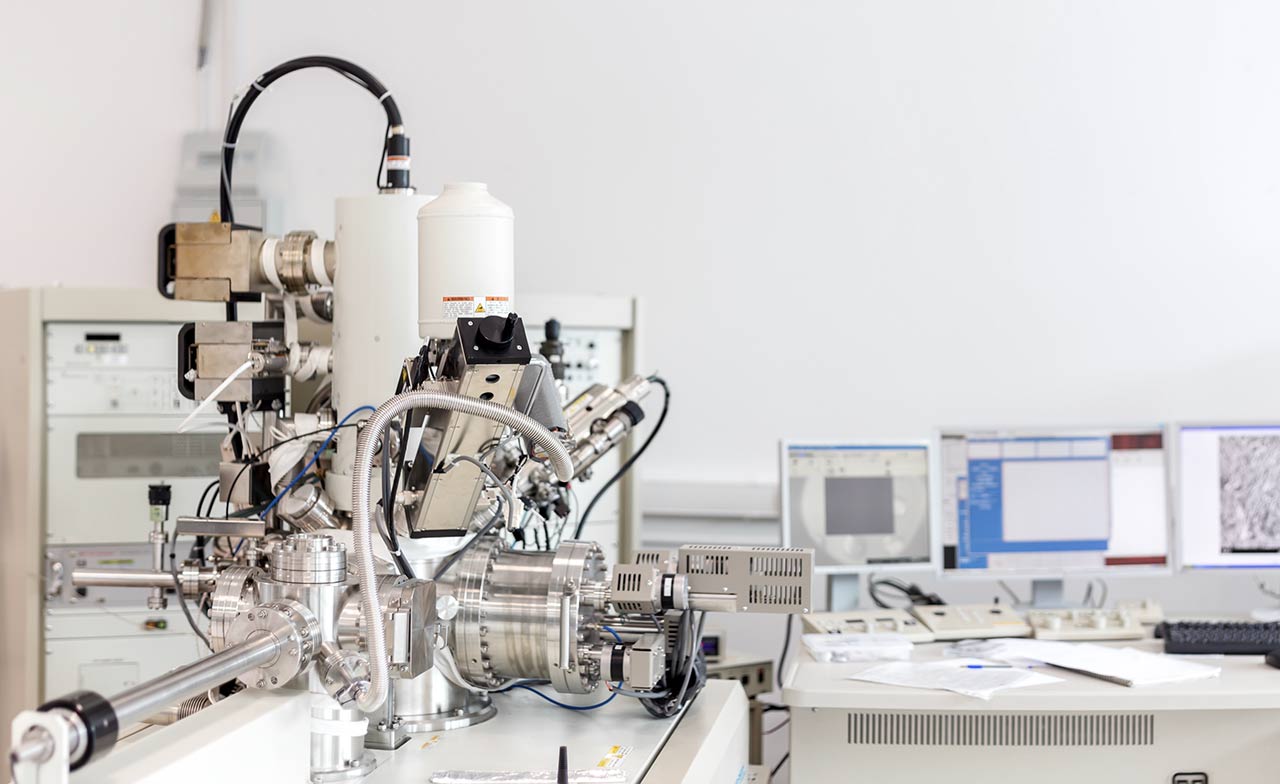‘Aseptic’ technique in a lab environment
In the lab, maintaining a contaminant free environment is the key to successful cell culture. Nonsterile apparatus and reagents, alongside...
Question
What is ‘Aseptic’ technique and how is it used within a lab environment?
Answer
In the lab, maintaining a contaminant free environment is the key to successful cell culture. Nonsterile apparatus and reagents, alongside unclean surfaces can be laden with microorganisms which can lead to biological contamination of samples. Aseptic technique is a range of best practice techniques which result in an overall reduction of contaminants within the environment of the cell culture. There are four major factors which constitute aseptic technique, these are; sterilisation of the work area, via techniques such as Bunsen flaming and surface disinfection using 70% ethanol, sterile handling, using sterile glassware or disposable equipment, utilising sterile reagents and media and having good personal hygiene, using appropriate personal protective equipment (PPE) and hand washing techniques. The resulting application of these techniques will significantly reduce the numbers of bacterial, fungi and viruses within and around the culture area, which will lead to the production of a purer sample. Failure to follow appropriate aseptic technique can result in sample contamination, which can be expensive and time consuming to rectify.
